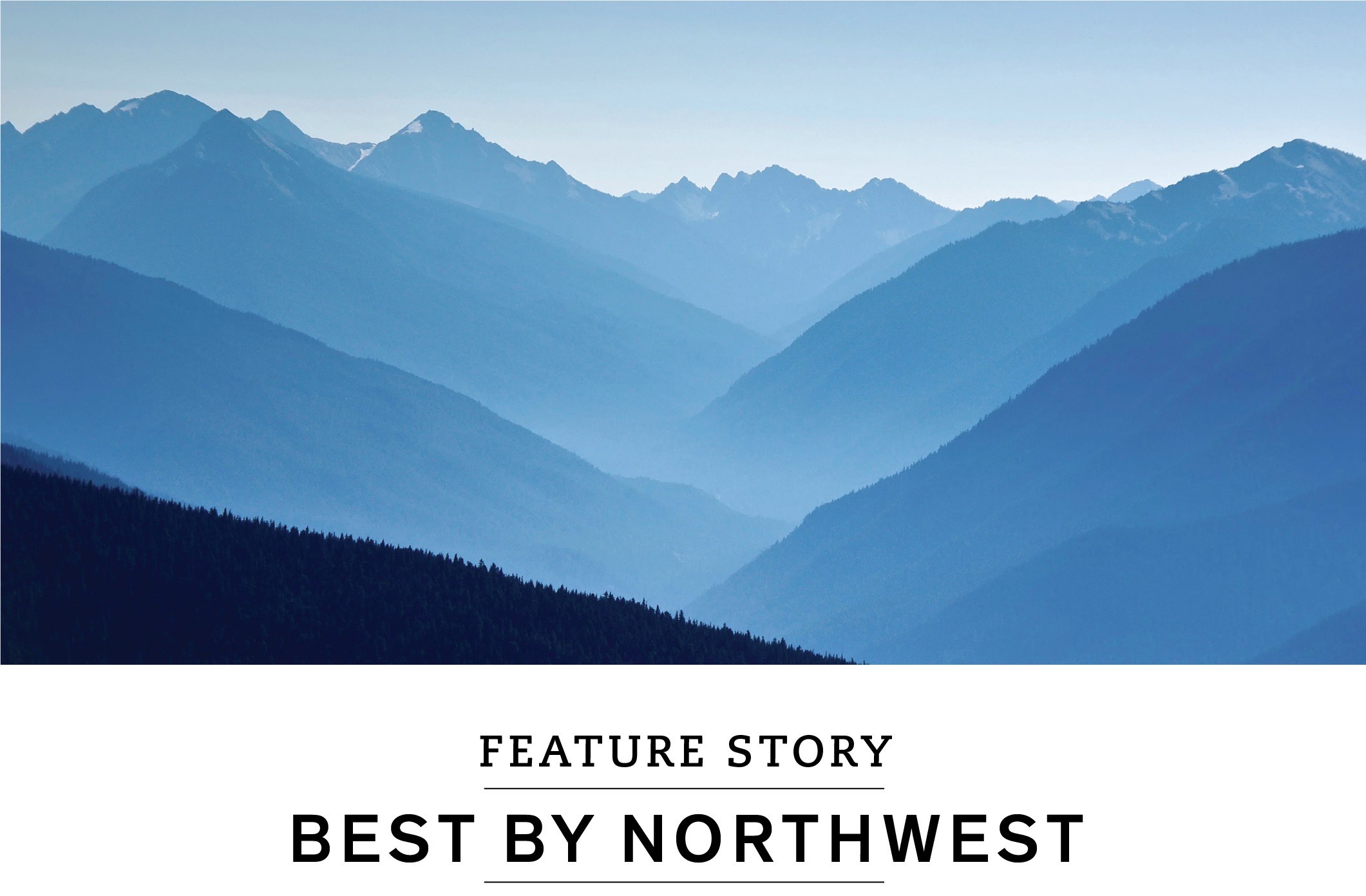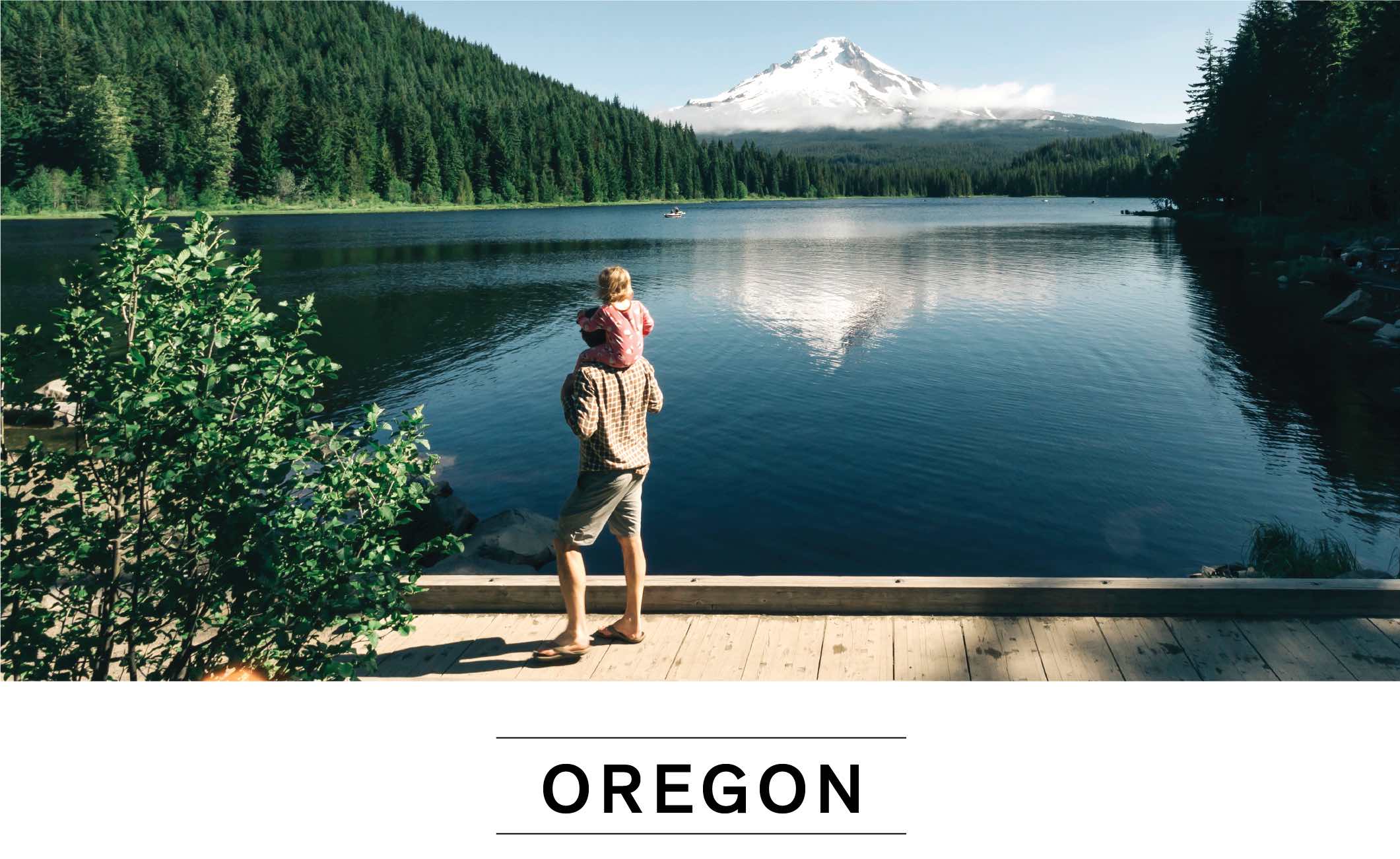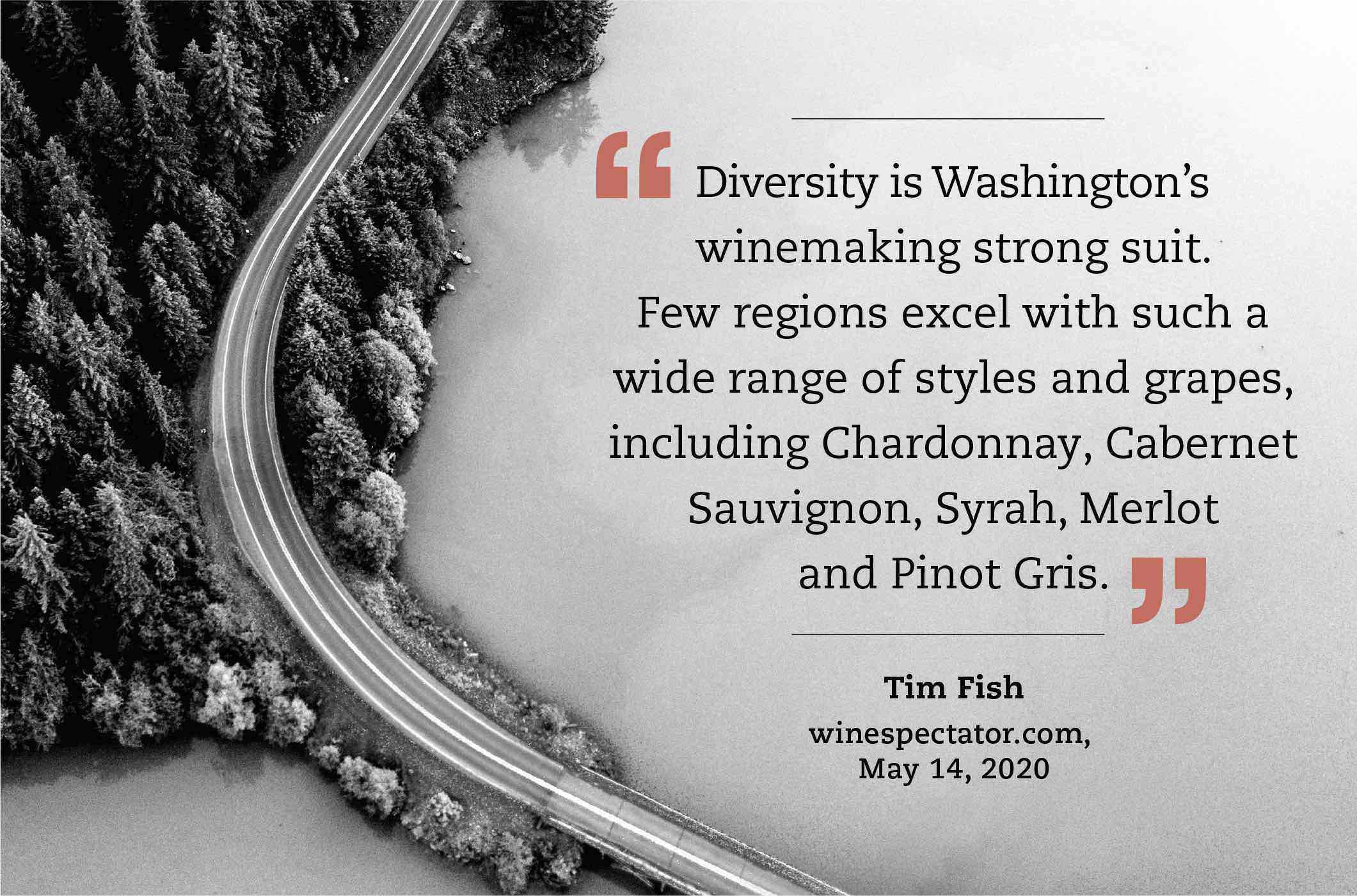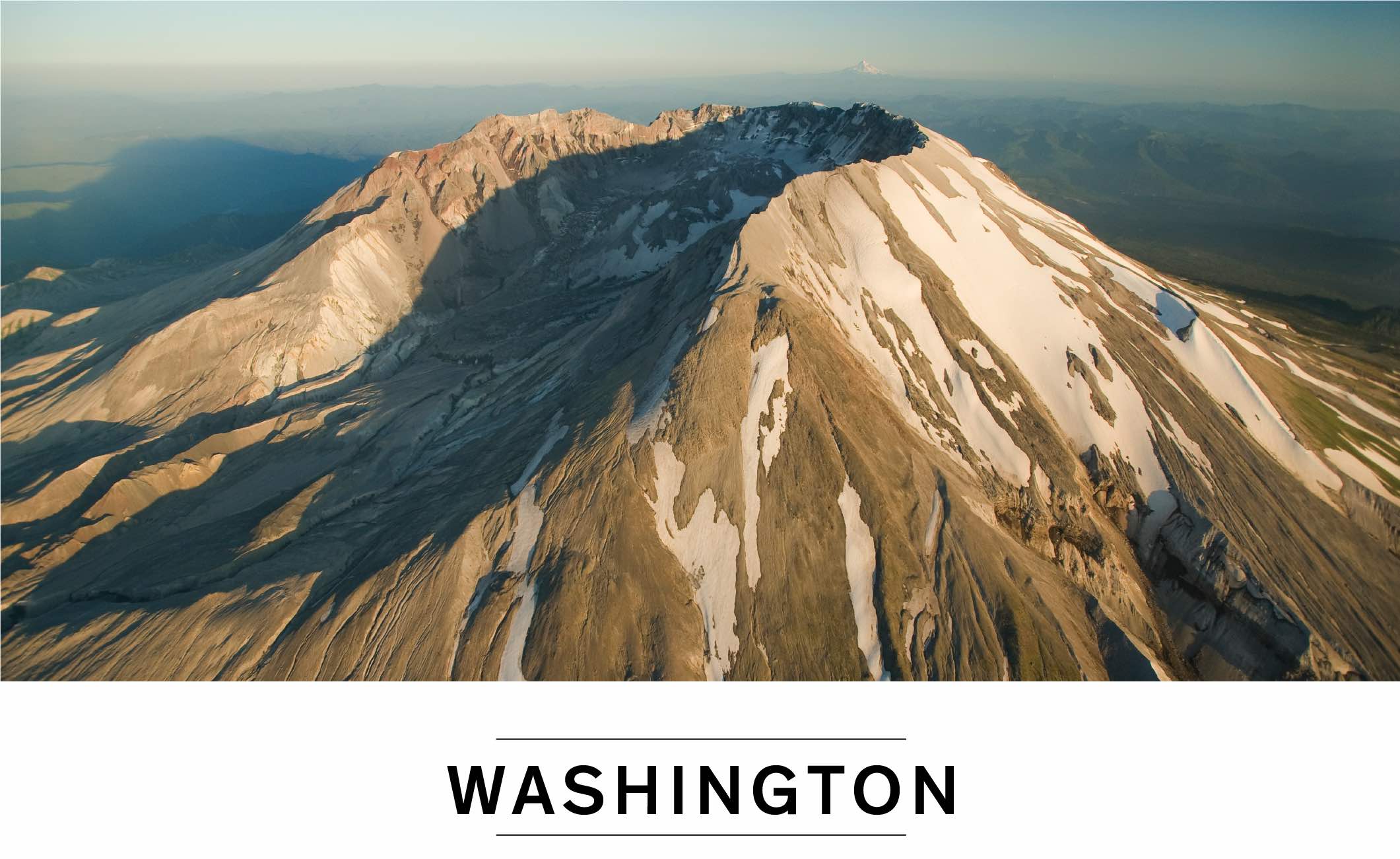Best by Northwest: Oregon & Washington

In their relatively short viticultural history, Washington and Oregon have capitalized on their respective climates to create much-admired signatures as spectacular as the local landscape.
(4 min. read)
The wines of Oregon and Washington reflect the great natural beauty and vitality that both these regions have in abundance. With vineyard sites nestled among forests and rolling hills and framed by mountains, rivers and lakes, these places are a photographer’s dream. Both states date their winemaking history back to the 1800s, but a relentless exploration of new growing areas, grapes and styles has imbued the wines of Oregon and Washington with an undeniable sense of newness and excitement.
![“... [Oregon’s] epicenter of quality, Willamette Valley, has become a hotbed of new ideas and projects. You can feel the dynamism in the air and taste it in the glass.” (Tim Fish, winespectator.com, March 31, 2020)](/content/dam/lcbo/vintages/2020-P7/october-3/33692-B%20Feature%201%20EN.jpg)

Shaped by billions of years of fire, earthquakes, shifting oceans, colossal cataclysmic floods, and volcanic eruptions, Oregon’s landscape is, in a word, breathtaking.
It’s a place so striking that Salt Creek Falls, Skylight Cave and the Rogue River Canyon don’t rate inclusion among the 7 Wonders of Oregon. You might consider these omissions a grave oversight until you catch an eyeful of the state’s starting lineup: the Columbia River Gorge, Crater Lake, Mount Hood, the Painted Hills, the Oregon Coast, Smith Rock and the Wallowas. Wine is a reflection of where it’s grown; little wonder Oregon’s are so spectacular.
Oregon’s position on the western side of the Cascade Mountain range leaves it exposed to the direct influence of the Pacific Ocean. This has a profound impact on viticulture here, and vintage variation is a far more significant factor in these wines than it is in neighbouring Washington. Fortunately, most of the precipitation occurs during the cool wet winters rather than over the growing season. The rolling hills and volcanic soils of the Willamette Valley are home to the majority of Oregon’s vineyards. The area receives the most daylight hours in the state, allowing grapes to ripen fully even in the face of the uncertainty posed by volatile weather.
More than 50 varieties are grown here, but Oregon’s reputation as a top-tier winemaking region rests solidly on Pinot Noir. The state’s flagship varietal creates wines of unquestioned depth and complexity, with fruit, spice and earth framed in a refined elegance that has earned the region comparisons to Burgundy. Pinot’s Burgundian partner, Chardonnay, also does very well here, but it’s Pinot Gris that’s Oregon’s leading white grape. These are dry, crisp, bright, luscious wines with distinct pear flavours. Producers are exploring the use of sophisticated harvesting machines that may be able to alleviate some of the challenges of working the sloped sites here.


Washington shares the same turbulent geological history as Oregon.
Its landscape was shaped by tectonic collisions, floods of molten lava, the scraping passage of great continental glaciers and the devastation of the Missoula Floods. Among such natural wonders as Hurricane Ridge, the Hoh Rain Forest, Diablo Lake and Jade Lake, the most famous natural feature is undoubtedly Mount St. Helens. From a winemaking perspective, Mount St. Helens is an apt metaphor for the spirit of innovation and discovery that defines Washington producers’ continued exploration of new growing areas and experimentation with new varietals – there’s always something bubbling away under the surface.
Unlike those in Oregon, Washington’s vineyards are protected by the Olympic and Cascade mountain ranges, which shield them from the inclement weather generated by the Pacific Ocean. These ranges limit precipitation and reduce the risk of crop-damaging fungi that require humid conditions to flourish. The warm, dry growing season and the varied microclimates provided by the rolling hillsides and flatlands allow a superb diversity of styles and varietals to flourish. Washington’s vineyards are free of the vine-damaging louse phylloxera and, as a result, it’s one of the world’s few regions where grafting vines onto phylloxera-resistant rootstock is unnecessary.
More than 70 varieties flourish in Washington, both cool- and warm-climate grapes. Riesling here is particularly floral, with distinct peach and apple flavours. Washington’s crisp, lithe Chardonnays are typically lighter in style than those from California, with less emphasis on oak. Cabernet Sauvignon shows rich, complex notes of black cherry, chocolate, leather, mint and herbs. Merlot has higher acidity than found in Californian examples and offers ripe cherry, dark berry and spice. Syrah is an exciting up-and-coming grape in Washington, shining as both a single-varietal wine and, often alongside its Rhône counterparts Grenache and Mourvèdre, in head-turning blends.
Get our Latest News!
Be the first to hear about new arrivals, special offers, virtual events and more.
Get to Know Us!
Everything we are in a nutshell.

